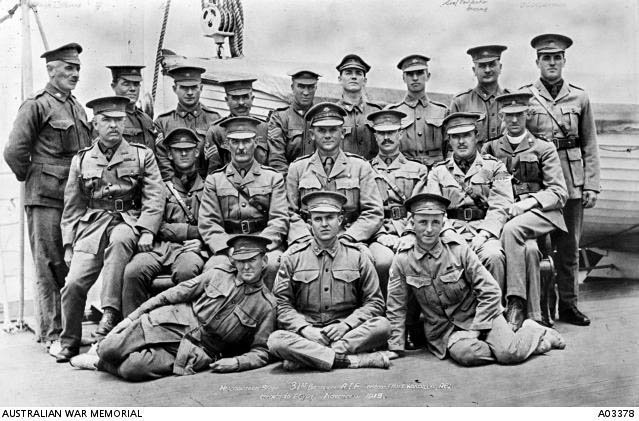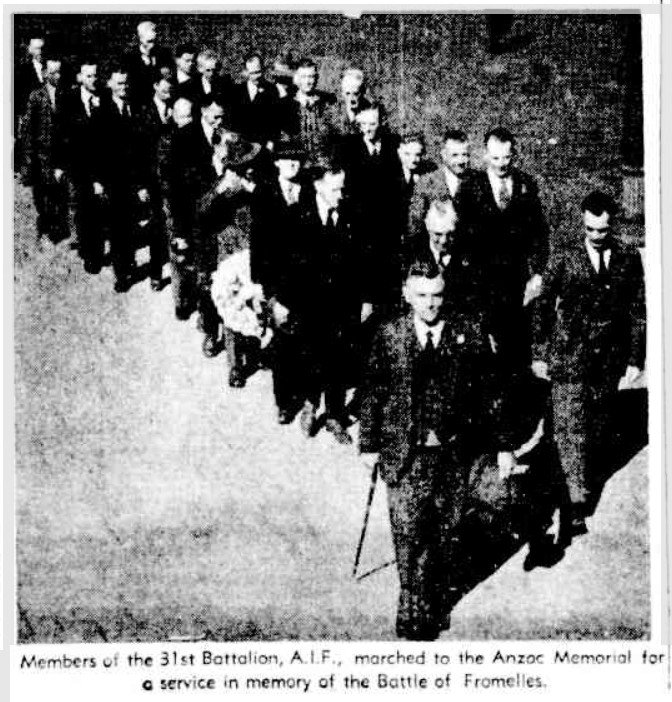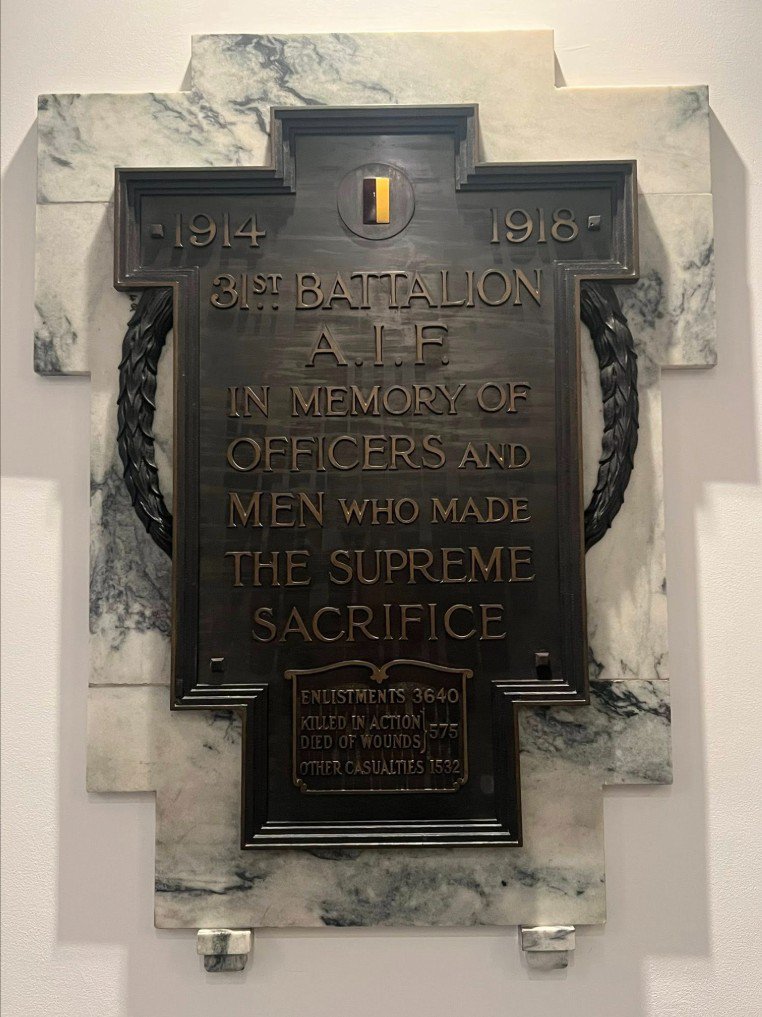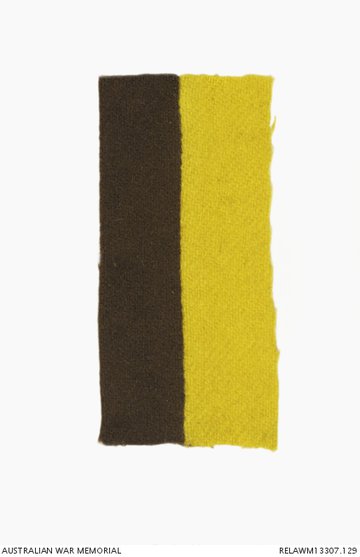
31st Battalion
The 31st Battalion at Fromelles
In July 1916, the men of the 31st Battalion, part of the 8th Brigade, 5th Australian Division AIF, found themselves in the trenches of northern France, facing their first major battle on the Western Front. Many came from rural Queensland and Victoria. They had arrived only weeks before, eager to prove themselves but unaware of the catastrophe that awaited them at Fromelles. Among them were farmers, labourers, clerks, miners, and tradesmen – soldiers from all walks of life brought together for a common cause.
In the hours leading up to the assault, the battalion endured intense German artillery fire. Their ammunition and bomb dump were destroyed, and even before going over the top, they had already suffered around 400 casualties out of the 1,000 men preparing to attack. The blast also wounded Lieutenant-Colonel Toll’s signallers, messengers, and medical staff, compounding command difficulties before the attack
“During the few minutes immediately preceding the assault, the fire upon this sector, largely from German batteries to the north-east, was intensified. Thus a high proportion of the total casualties of the 31st Battalion occurred before the assault began.” Bean, Official History of Australia in the War of 1914–1918, Vol III, p. 397
At 5.58 PM on 19 July, the men went over the top in four waves. The attack formation saw A and C Companies leading in the first two waves, with B and D Companies following as the third and fourth waves. The pre-battle bombardment had damaged the German frontline trenches, allowing the first waves to quickly reach them, but fierce counter-attacks and unrelenting machine-gun fire soon pushed the Australians back. Confusion reigned as men were cut down crossing open ground or stranded in shell holes under fire.
Lieutenant Walker of the 8th Machine Gun Company sent this message during the battle:
“Major Clements and Captain MacPherson wounded. Am in bent position under Captain Mills in drain 200 yards (in) front of enemy’s front line trenches. Own shrapnel hitting us and enemy finding range. Digging in.” Bean, Vol III, p. 405
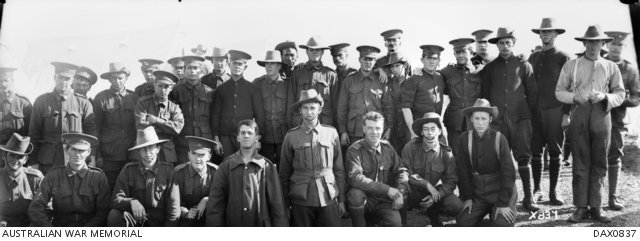
Some soldiers managed to reach the German trenches, but heavy casualties and confusion soon followed. Seeing the dire situation, Lieutenant-Colonel Toll advanced forward himself to assess and direct his men on the ground. He sent urgent pigeon messages back to headquarters, one reporting his position and another after he withdrew, stating that he could hold the captured German front line “if reinforcements are sent over urgently.” None arrived.
Bean, Official History Vol III, p. 405
Throughout the night of 19–20 July, isolated groups of the 31st dug in where they could under intense artillery and machine-gun fire. Some sections managed to hold parts of the German second line, but without grenades or sufficient ammunition, they were unable to repel repeated counter-attacks. Communication between forward positions and headquarters broke down. By early morning, German forces attacked from both flanks.
Official reports described the desperate situation:
- Many Australians were cut off and surrounded.
- Some attempted to retreat across No Man’s Land under cover of darkness but were shot down by machine guns.
- Others were captured in small groups as the Germans reoccupied their trenches.
- Orders were received to withdraw
“The enemy swarmed in and the retirement across No Man’s Land resembled shambles, the enemy artillery and machine guns doing deadly damage.”
AWM4 23/48/12, 31st Battalion War Diaries, July 1916, p. 29
By dawn on 20 July, the 31st Battalion had suffered devastating losses. Of the 1019 soldiers who had left Egypt, 77 were killed or died of wounds, 414 were wounded, and 85 were missing, only 113 answered roll call on 21 July...
Bean described it as: “...One of the bravest and most hopeless assaults ever undertaken by the Australian Imperial Force.” Bean, Official History of Australia in the War of 1914–1918, Vol III, p. 395
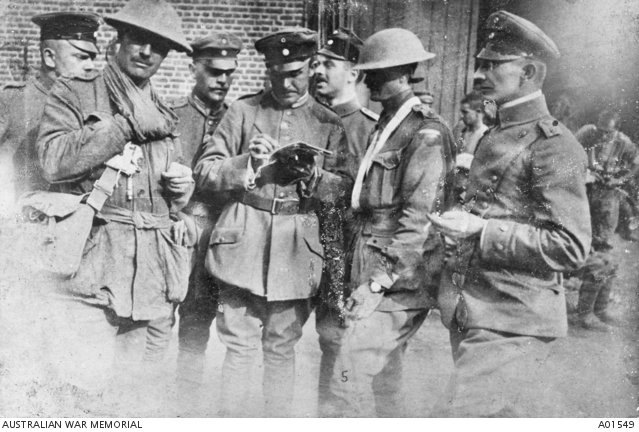
Two weeks after the battle, the following was posted in the North German Gazette:
“The English troops who took part in this battle were Australians, strong youthful men, who undoubtedly attacked with great bravery and proved themselves clever and tenacious in close fighting.”
“FROMELLES.” (1929, May 11). Daily Mercury (Mackay, Qld. : 1906 - 1954), p. 13. Retrieved July 3, 2025, from http://nla.gov.au/nla.news-article170539759
Today in France, soldiers of the 31st Battalion who lost their lives at Fromelles are honoured at places like VC Corner Cemetery and Memorial, Villers-Bretonneux Memorial, and the Fromelles (Pheasant Wood) Military Cemetery. To date, 23 soldiers from the battalion have been located and identified at Pheasant Wood, giving their families long-awaited closure.
In Queensland, each year the 31st Infantry Battalion Association holds a commemorative service at Ipswich General Cemetery, organised by the Brisbane branch at 11.00 AM, ensuring these men are honoured not just in history books but by those who continue their legacy.
In Brisbane, in recognition of their sacrifice, a memorial plaque (pictured below) was commissioned to commemorate the members of the 31st Infantry Battalion who died in service or were killed in action during World War One.
As we remember Fromelles, we honour the courage of the 31st Battalion – men who rose from the trenches in the fading light of day, leaving behind families and futures, their sacrifice forever etched into the soil of France and the story of Australia
